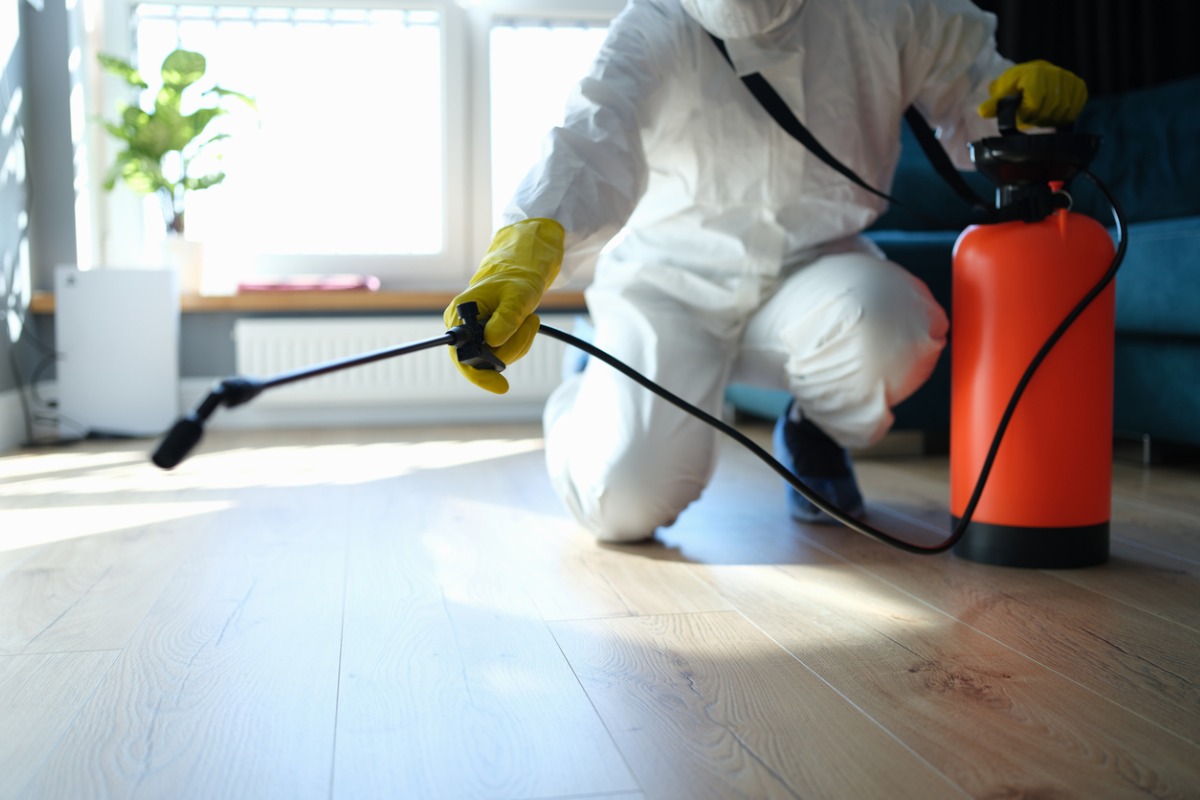Reliable Pest Control for a healthier living space.
Reliable Pest Control for a healthier living space.
Blog Article
Eco-Friendly Insect Control Approaches for Handling Wildlife in Urban Areas
Urban locations usually find themselves at the intersection of human task and wildlife, leading to distinct obstacles in bug management. These strategies not only secure the environment however likewise enhance area engagement in wildlife management. As urban populations proceed to grow, understanding the characteristics of wildlife communications ends up being significantly vital.
Recognizing Urban Wildlife Dynamics
Understanding Urban Wildlife Characteristics is necessary for developing effective and green insect control techniques. Urban areas are increasingly becoming habitats for different wildlife species, driven by factors such as habitat fragmentation, food schedule, and human encroachment. Acknowledging these dynamics allows for a nuanced technique to pest administration that aligns with ecological principles.
Urban wildlife frequently consists of species such as raccoons, squirrels, and birds, which adapt to city atmospheres, finding specific niches in environment-friendly rooms, parks, and also houses. Their presence can bring about problems with humans, particularly when they make use of personnels for food and shelter. Recognizing the habits and ecological roles of these species informs approaches that decrease unfavorable communications while advertising biodiversity.
Furthermore, acknowledging the interdependencies within urban communities assists in recognizing critical areas for environment conservation and reconstruction. This understanding contributes to the advancement of incorporated parasite management (IPM) strategies that take into consideration the environmental balance, thus lowering reliance on damaging chemicals. By cultivating conjunction between humans and metropolitan wildlife, cities can develop healthier atmospheres that benefit both homeowners and neighborhood ecological communities, leading the way for sustainable urban living.
All-natural Repellents and Deterrents
All-natural repellents and deterrents use a lasting alternative to traditional bug control approaches by harnessing the power of nature to keep undesirable species at bay. These environmentally friendly services normally use plant-based active ingredients, crucial oils, and various other normally taking place compounds that prevent pests without hurting the setting.
One effective natural repellent is peppermint oil, which is recognized to repel rats and bugs. Its solid aroma is undesirable to lots of bugs, making it a prominent selection for urban settings. Vinegar and citrus peels can offer as deterrents, as their solid smells are generally unattractive to various wild animals.
Additionally, diatomaceous earth is an all-natural powder that can be spread in areas susceptible to bug activity, effectively dehydrating and deterring pests without positioning dangers to non-target species. Garlic sprays and neem oil are recognized for their capacity to fend off a large range of parasites, including both pests and larger wildlife.
Carrying out these all-natural repellents not just reduces reliance on chemical pesticides yet also advertises a much healthier city community, promoting a more well balanced conjunction in between human beings and wildlife. By using these strategies, metropolitan locations can efficiently manage parasite populations while reducing environmental effect.
Environment Alteration Techniques
Effective environment alteration methods play an important role in lasting insect administration by changing the atmosphere to make it less favorable to pest invasions. By understanding the eco-friendly characteristics of urban More Bonuses locations, homeowner can apply strategic adjustments that prevent bugs while advertising biodiversity.
(Honey Bee Relocation)One primary technique entails maintaining appropriate hygiene. This consists of regular waste removal, protecting trash can, and getting rid of standing water to lower breeding sites for bugs and rodents. In addition, landscaping methods such as selecting native plants can improve environmental equilibrium, providing habitats for valuable organisms while minimizing sources for insects.
Another vital strategy is to secure access factors in structures. Checking and repairing cracks in structures, walls, and windows can significantly lower parasite gain access to. Developing physical obstacles, such as fencings or plant buffers, can inhibit wild animals activity right into human-inhabited areas.
Integrated Pest Management Practices
Building upon habitat alteration methods, incorporated parasite administration (IPM) practices supply an alternative method to regulating bug populations while decreasing environmental impact. IPM integrates various approaches, including organic, cultural, mechanical, and chemical controls, to accomplish effective bug management.
Organic control involves the intro of natural predators or parasites to lower insect populaces. Cultural techniques, such as crop rotation and hygiene, disrupt pest life cycles and lessen their habitats - Pest control service. Mechanical controls, like catches and obstacles, offer prompt relief from bug pressures without chemical treatment
Chemical controls are used as a last hope, concentrating on targeted applications that limit harm to non-target varieties and the environment. The choice of eco-friendly pesticides, when essential, is integral to the IPM framework. In addition, keeping track of insect populaces and assessing prospective damage aids educate decision-making, ensuring that treatments are timely and efficient.
Community Participation and Education And Learning

(Exterminator Near Me)Workshops and informational sessions can furnish locals with expertise concerning native varieties, environment preservation, and efficient safe bug monitoring strategies. Partnership with colleges, neighborhood companies, and government agencies even more improves academic outreach, making certain that vital details gets to varied audiences.
Furthermore, community-led initiatives, such as neighborhood clean-up days and habitat repair tasks, not just advertise biodiversity yet additionally reinforce community ties. Pest Control. By encouraging locals to share their experiences and observations, communities can develop targeted techniques that attend to particular local insect issues
Integrating comments from homeowners right into insect monitoring intends makes it possible for a much more responsive and adaptive method to wildlife challenges. Inevitably, educated and engaged communities are key to achieving long-term success in environmentally friendly pest control, resulting in healthier city atmospheres that respect both human and ecological demands.

Conclusion
In final thought, eco-friendly pest control approaches offer sustainable services for handling metropolitan wild animals. By focusing on environment adjustment, making use of all-natural repellents, and implementing integrated pest management practices, communities can foster an unified coexistence with local animals.
Report this page